
Designing for a circular future
Circularity is about transforming the existing “take, make, waste” linear model by keeping products and materials in circulation for as long as possible through processes like reuse, repair, refurbishment, and recycling. One key piece of the puzzle is to adopt circular thinking during the design phase of the product, developing it right from the beginning so it has the possibility to reach its full circularity potential one day.
The IKEA circular product design guide is a solid foundation of designing for enabling circularity. Over time, we gained many insights from implementation around what aspects of design need to be addressed to enable truly circular products. In 2024, we revised the guide again, which was the third version after it was launched firstly in 2017. It’s reasonable to expect that new questions will come, but we continue using the guide to identify new opportunities for future ways of working.
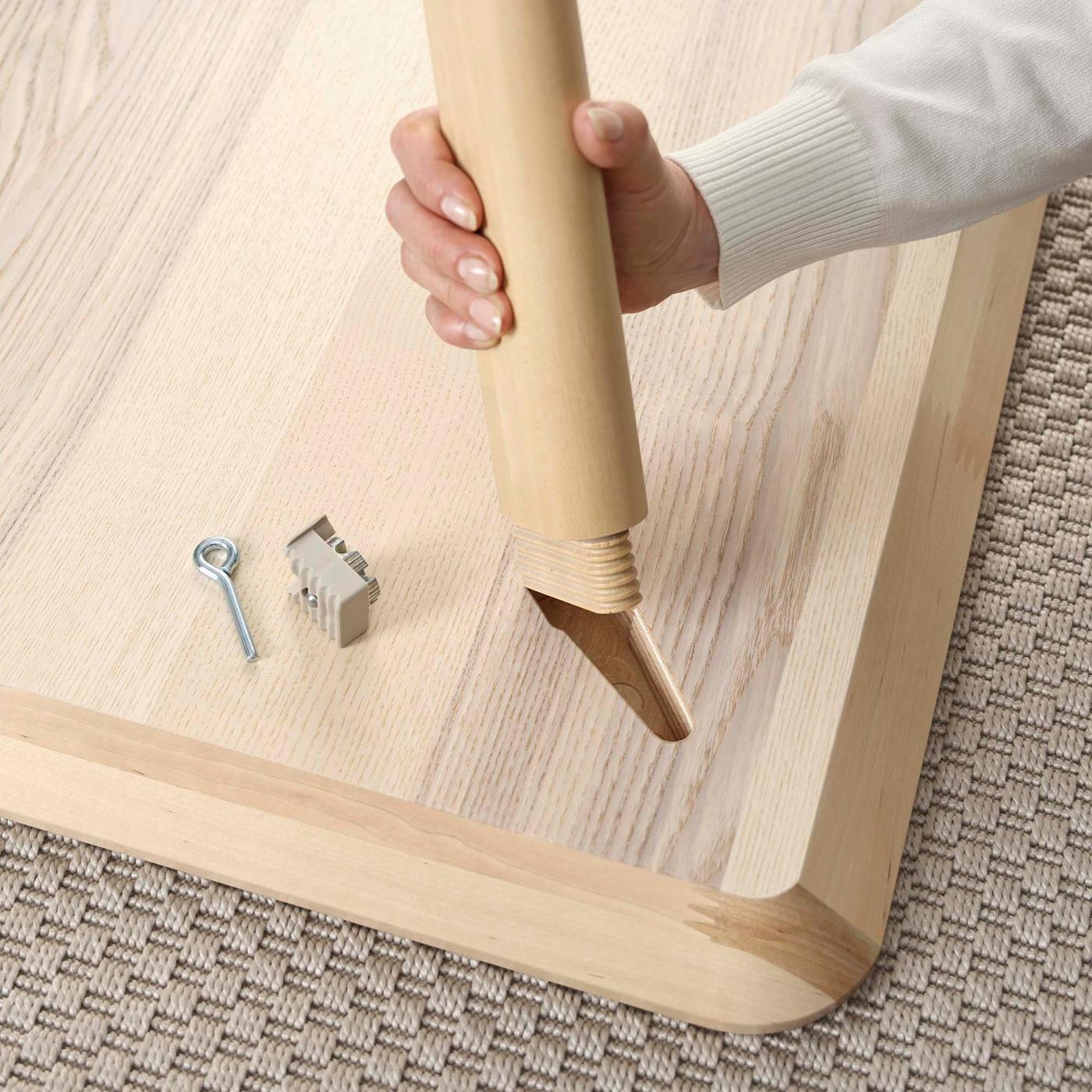
Circular design principles
We defined circular design principles which are used to describe what aspects to consider when developing products to be reused, repaired, refurbished and recycled. It’s a combination of various circular design principles that together create the built-in possibility for products to last as long as possible and eventually become a resource for new products.
Design for renewable or recycled materials
In a world of limited resources, we want to use materials that are already in use (recycled) or that can be regenerated (renewable). Using renewable and recycled materials also helps prevent future material scarcity.
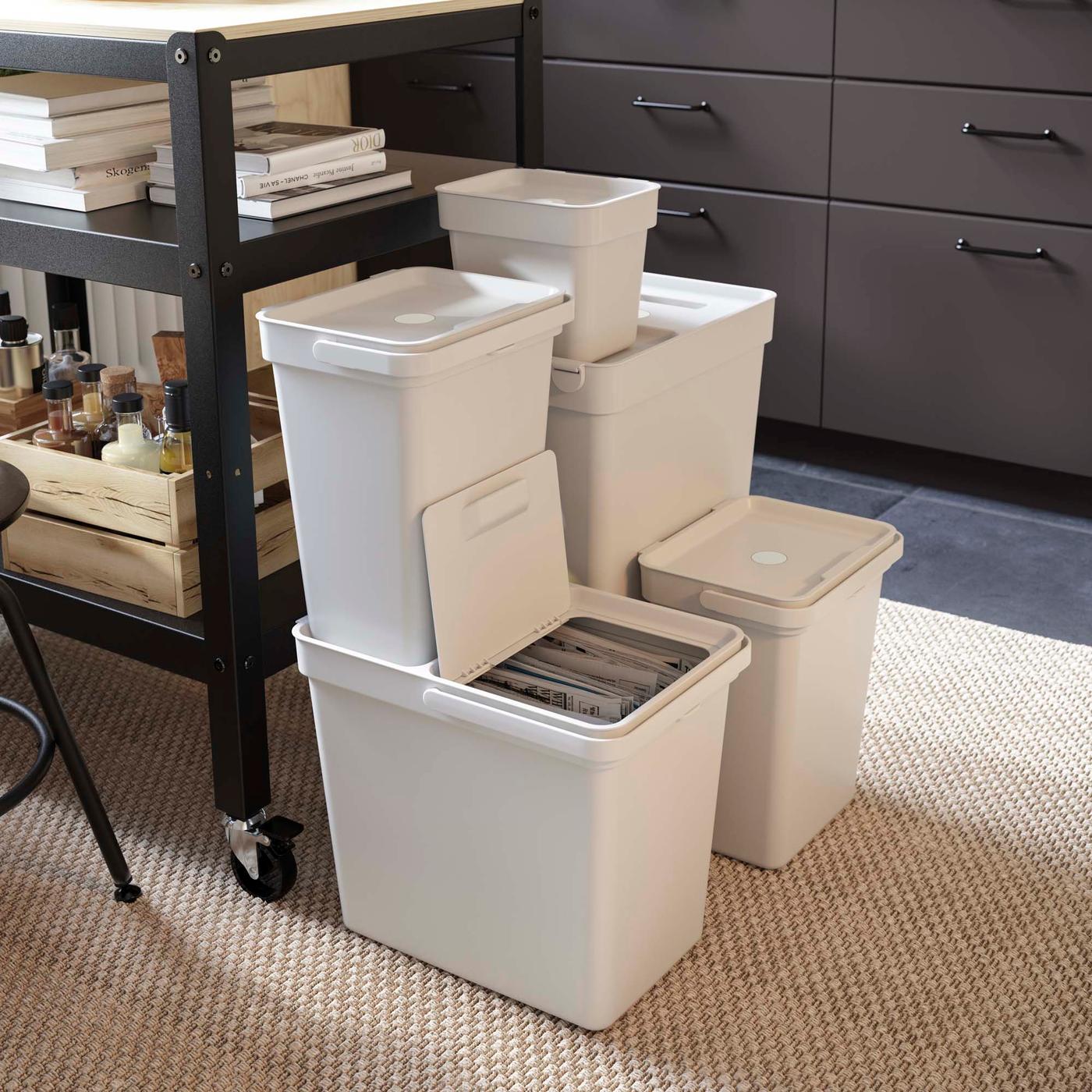
HÅLLBAR bins
Originally, these bins were designed to meet the needs of waste sorting. Now, HÅLLBAR bins contain a minimum of 20% recycled content, and we continue to work on increasing the share of recycled content.
Design for standardisation
Reducing variation of materials, components, dimensions and other aspects increases the compatibility between different products, components and materials, thereby enabling more efficient care, repair, upgradability, refurbishment, and eventually recycling. Using standardised dimensions, platforms, fittings, colours and materials creates possibilities for modularity and exchange and repair of parts and also limits the number of spare parts needed.
VIMLE sofa
VIMLE sofa is designed with platform thinking, meaning different sections can be combined in different ways to get a size and shape that suits a specific space and home. Customers can easily create their own perfect combination with IKEA's planning tool. The VIMLE sofa can be assembled, taken apart and put back together again. A wide selection of covers with different styles is provided for refreshing the sofa, and all covers can be removed and machine-washed.
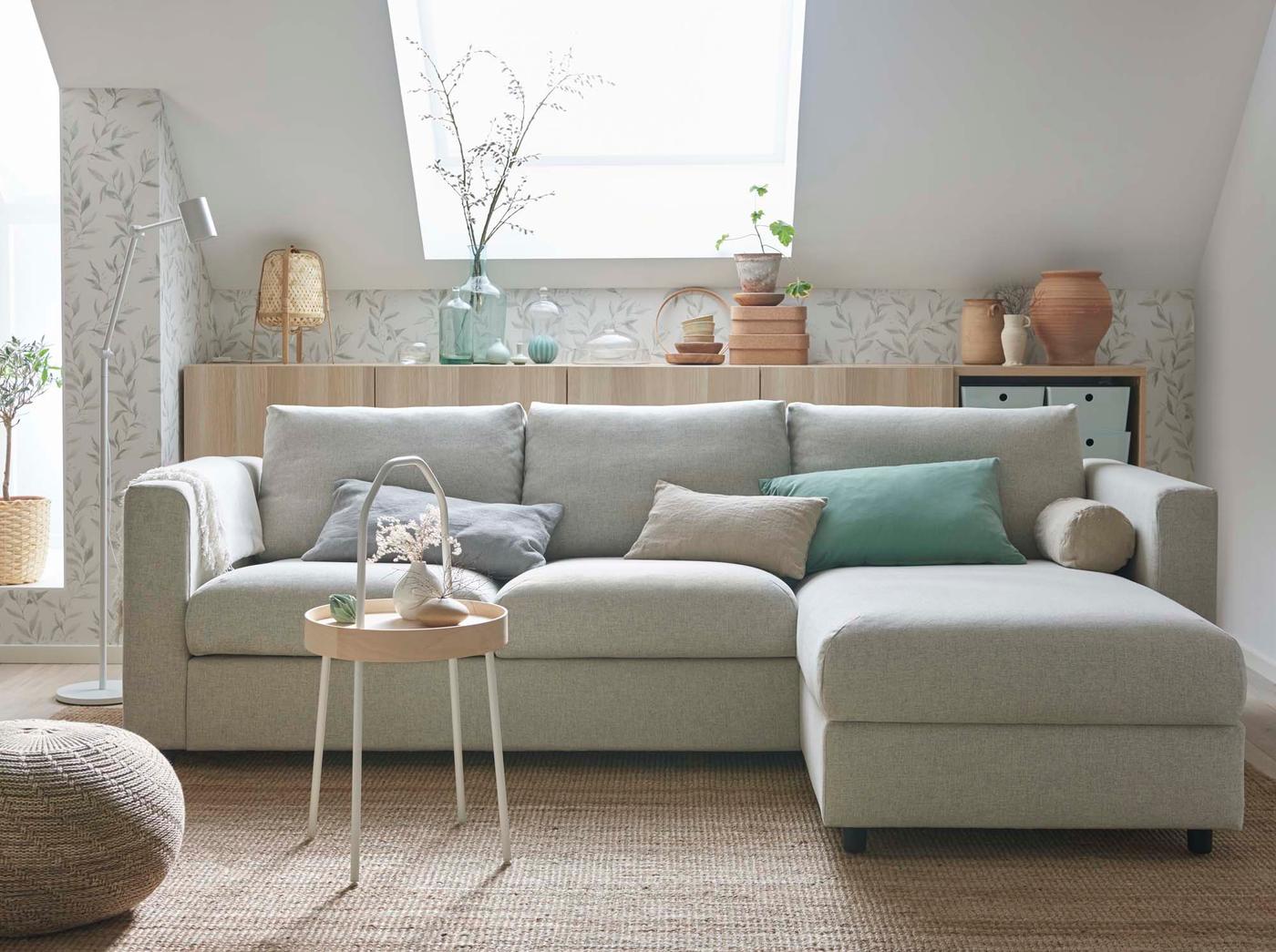
Design for care
Thinking about how a product will be used in daily life can help anticipate potential care and maintenance needs. Designing products that are easy to care for and providing clear care instructions can minimise potential wear and tear, informing customers on how to use and maintain the product correctly.
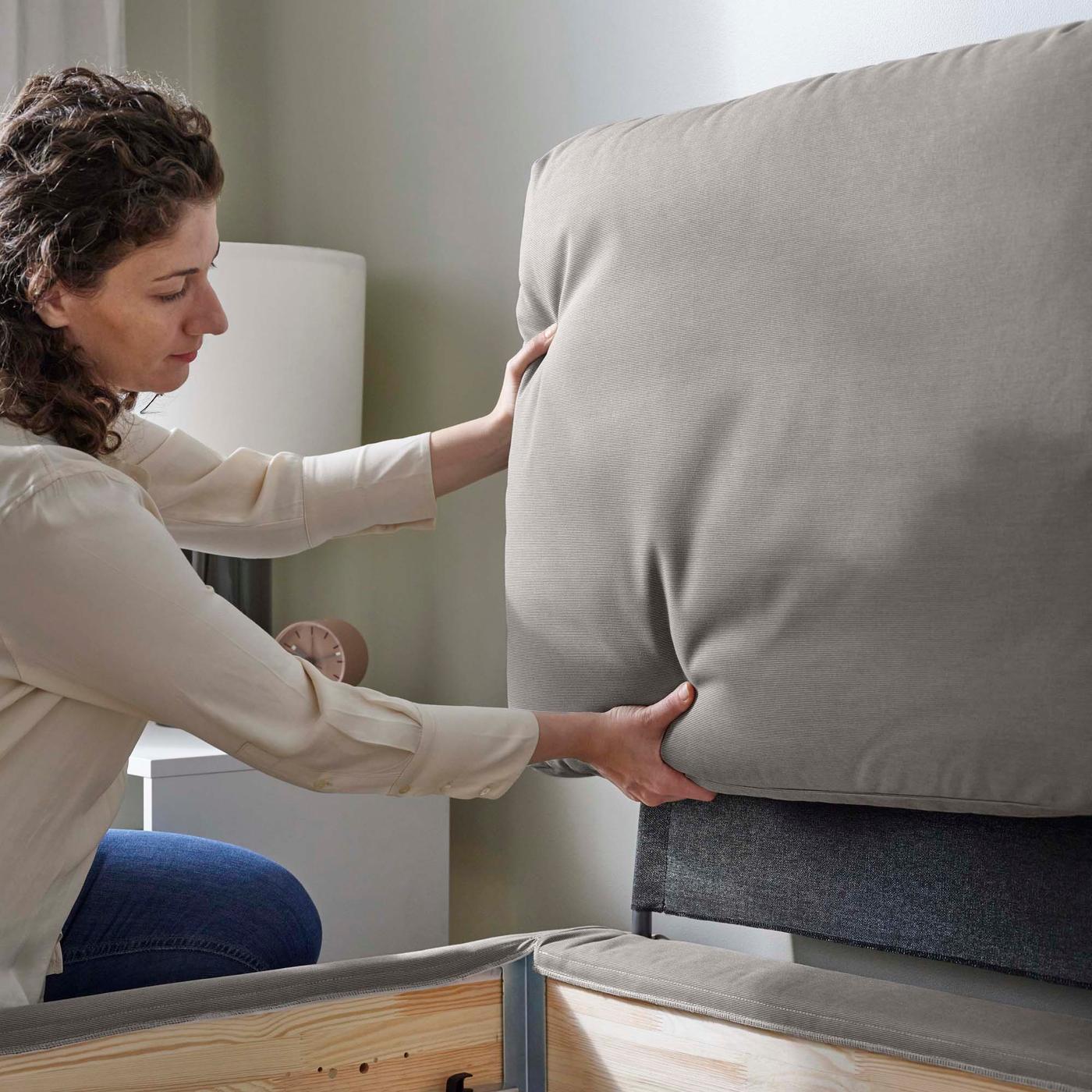
Removable washable covers
Maintaining large furniture pieces with textile surfaces can be challenging. We introduced several big furniture pieces with removable and machine-washable fabric covers, such as bed frames, armchairs, mattresses, sofas and sofa beds. We are introducing more products with removable and washable fabric covers to make it easier for customers to care for and maintain their products.
Design for repair
Accidents happen, and sometimes a product is used so much that it breaks or wears out. Making it possible to repair the product’s function and appearance means that breakage or wear does not have to be the end of the product's usefulness.
IVAR shelf
IVAR shelves are made from untreated solid wood, which is a durable and natural material that becomes even more durable and easier to maintain when oiled or waxed. The system features various heights, shelves, and accessories, making it easy to adapt to different needs. Customers can also personalise their IVAR shelves by repainting them. Standardised fittings are used and available for customers to order in case they need to adapt or repair their IVAR.
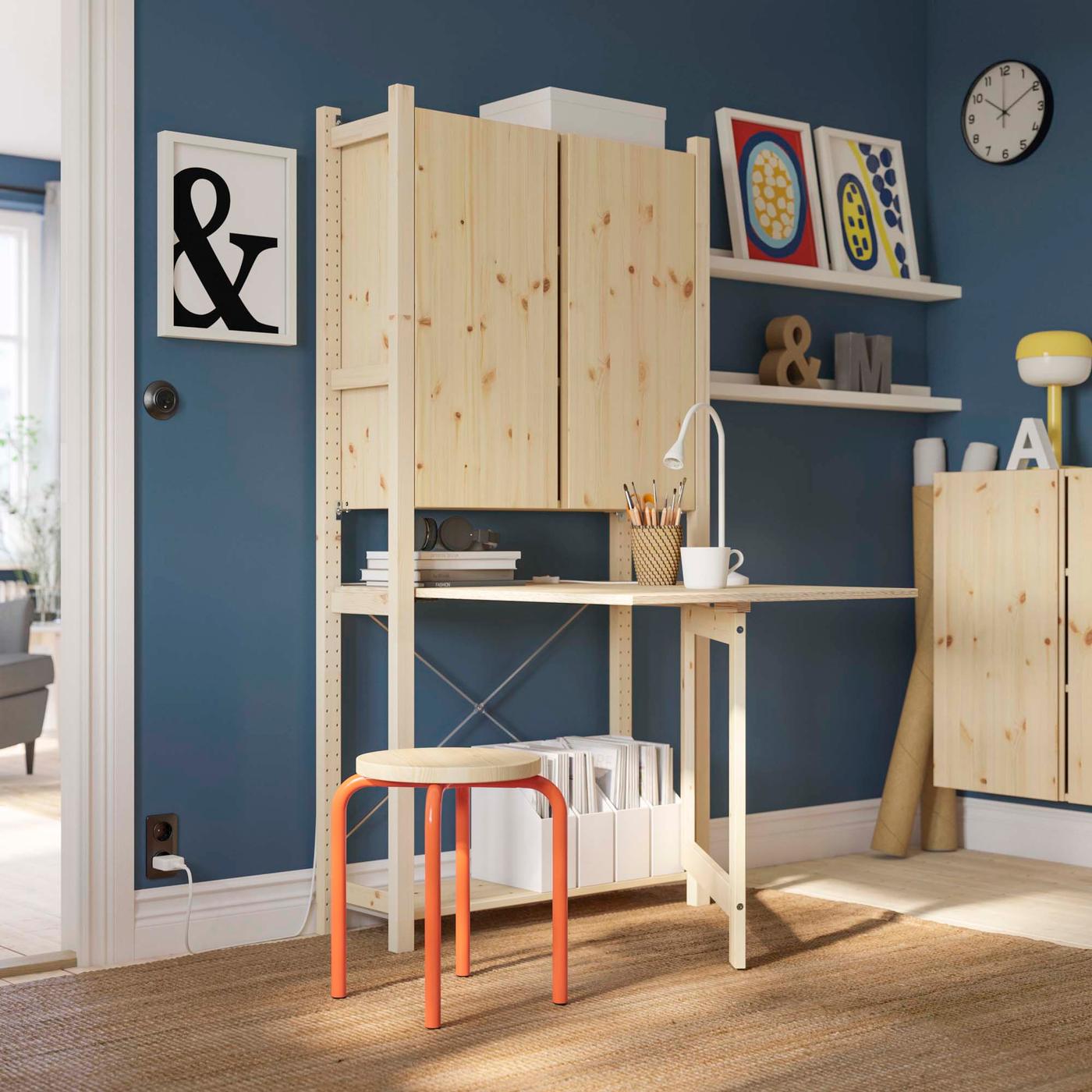
Design for adaptability
Designing products in ways that parts can be added, removed or changed allows customers to change the style, form or function of a product rather than replacing the product when their lives or needs change. This could include altering products through modular design, customising surfaces, changing fabrics, specifying function, and more.
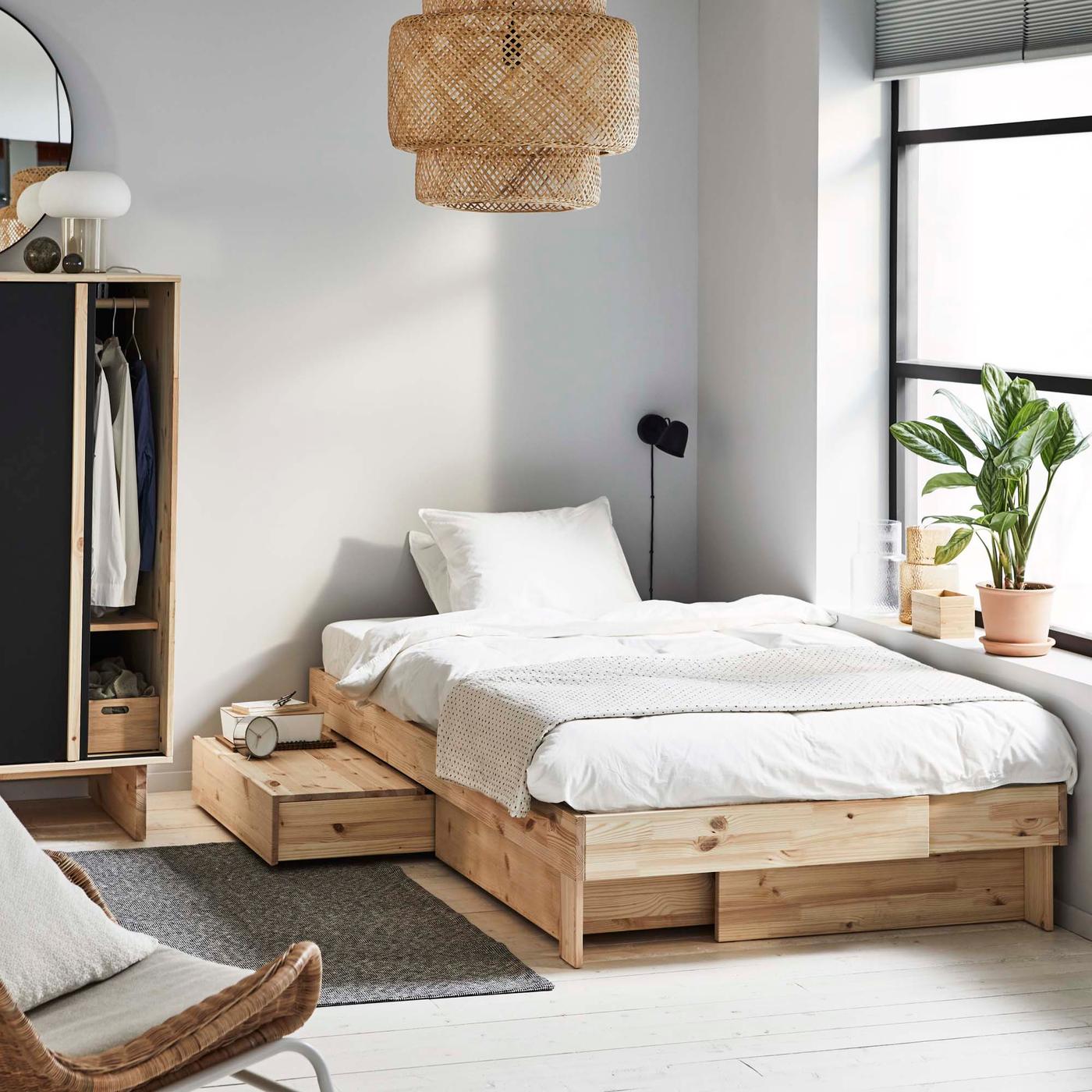
GLAMBERGET pull-out bed
GLAMBERGET pull-out bed is extendable, and it fits all mattresses between 80-160x200cm. So, the size of the bed can be updated according to a person's needs. It is made of solid pine, a natural material that ages beautifully and gives each piece of furniture a unique look. An untreated wooden surface makes it easy to clean, take care of, and maintain by using oil, wax, or varnish.
Design for disassembly and reassembly
Hassle-free disassembly and reassembly enable customers to move products from one place to another without the risk of breaking them. It also makes it easier to replace parts if something breaks, or to remove, add or change parts when wanting to adapt, update, or refurbish the product.
BILLY bookcase
The BILLY bookcase was redesigned to adapt circular design principles. Compared to previous versions, the current design reduces the use of plastic by shifting the edge bands to paper foil. Most materials used to produce the new BILLY bookcase come from renewable sources. Snap fittings instead of nails are used on the back panel, making it easier to repair and possible to disassemble and reassemble so that customers can bring BILLY with them as their lives and needs change.
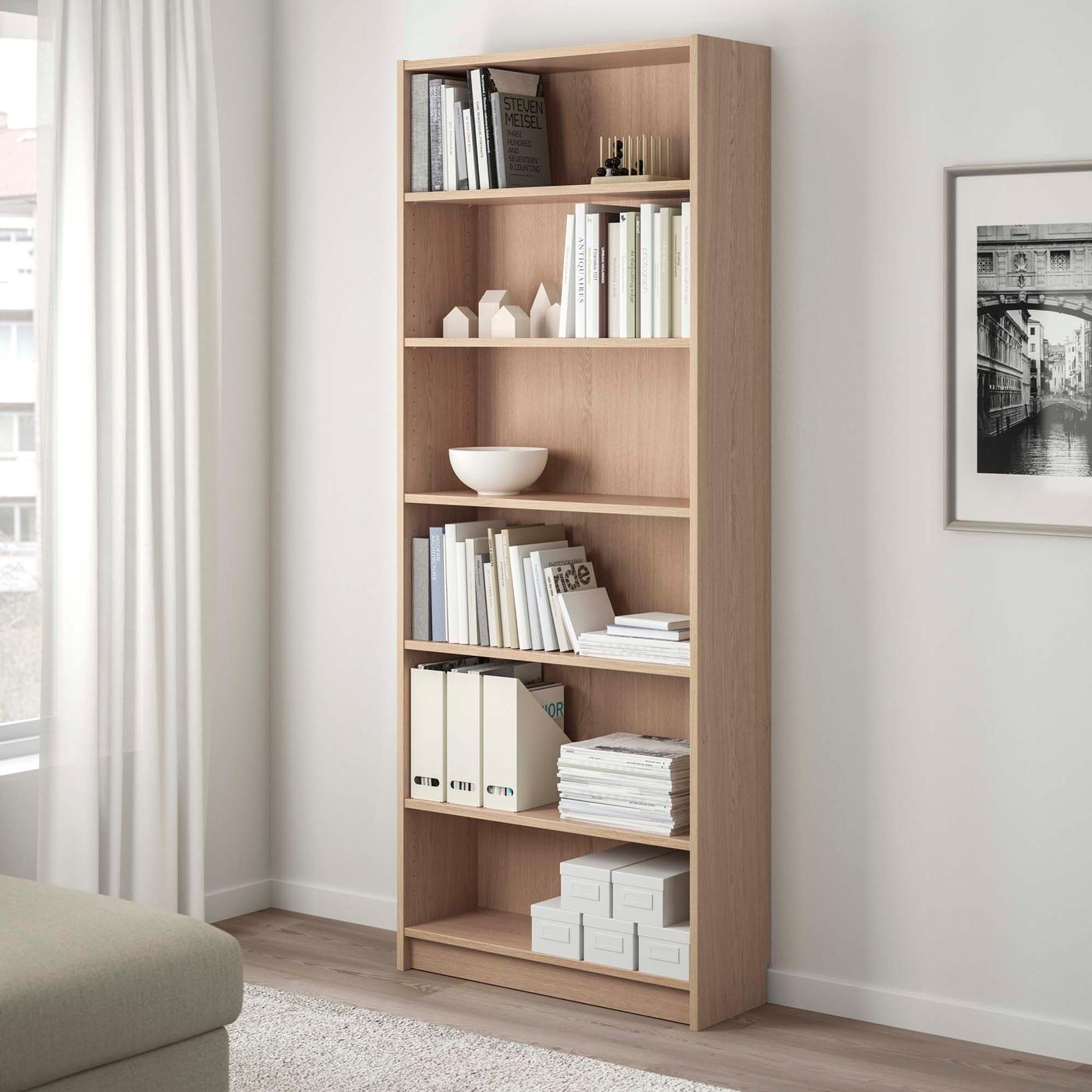
Design for recyclability
Hassle-free disassembly and reassembly enable customers to move products from one place to another without the risk of breaking them. It also makes it easier to replace parts if something breaks, or to remove, add or change parts when wanting to adapt, update, or refurbish the product.
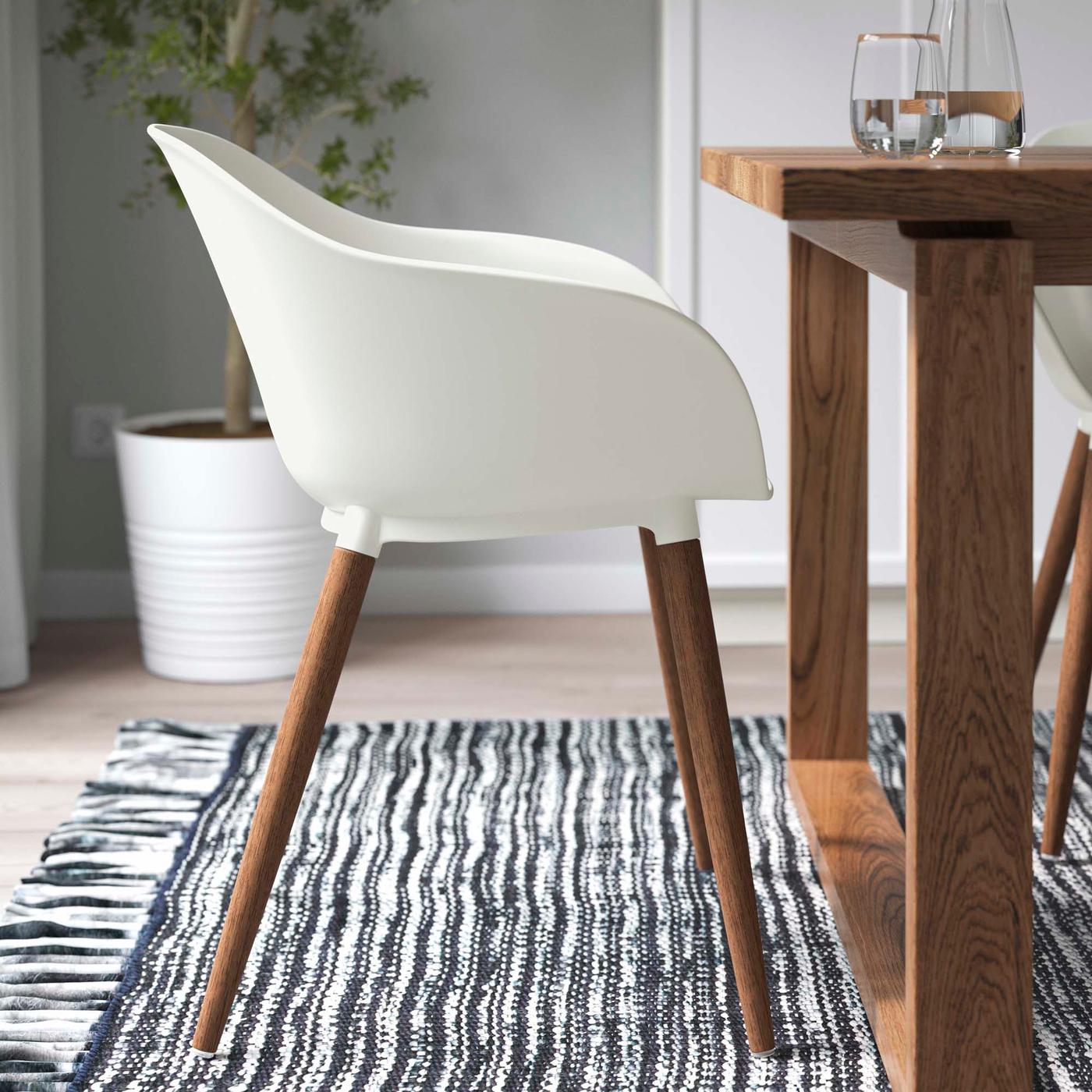
GRÖNSTA chair
Typically, a chair like GRÖNSTA would contain glass fibre for added durability. However, since today, plastic with added glass fibre is not recyclable, the GRÖNSTA chair has been developed without glass fibre. Its durability instead comes from the form of the seat. GRÖNSTA’s seat shell contains a minimum of 60% recycled content. In addition, the legs screw into the chair without the need for tools.
Not all products have the same possibilities for reuse, refurbishment, or recycling. Thus, there is no ‘one-size-fits-all’ recipe for circular product design. The applicability of different circular design principles for a particular product is determined by the product type, expected lifespan and circular flows of the product, and the material mix.